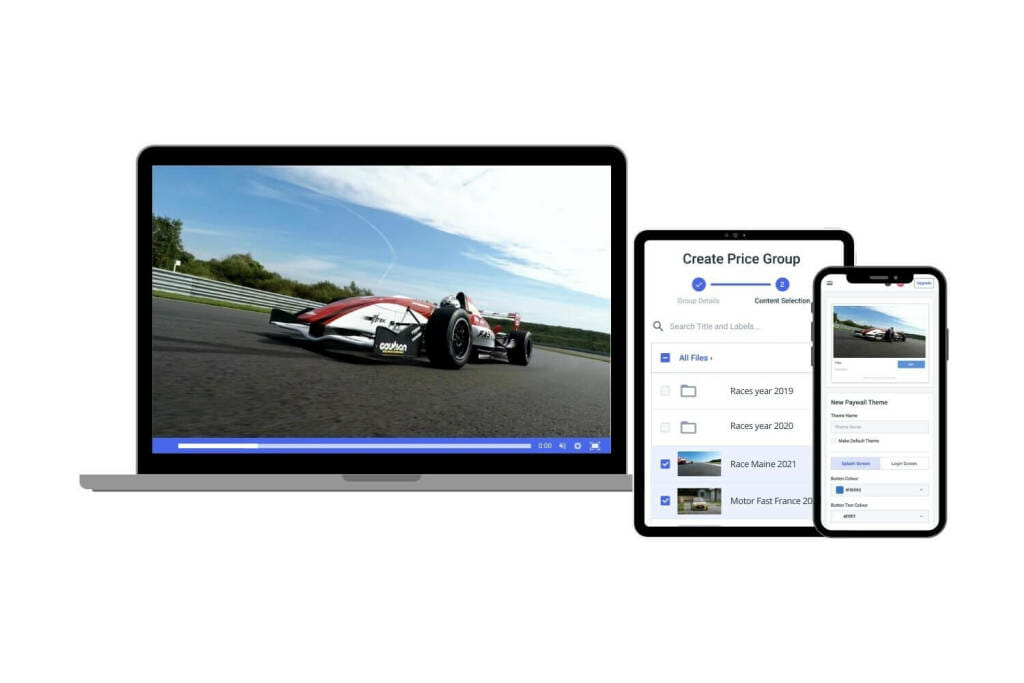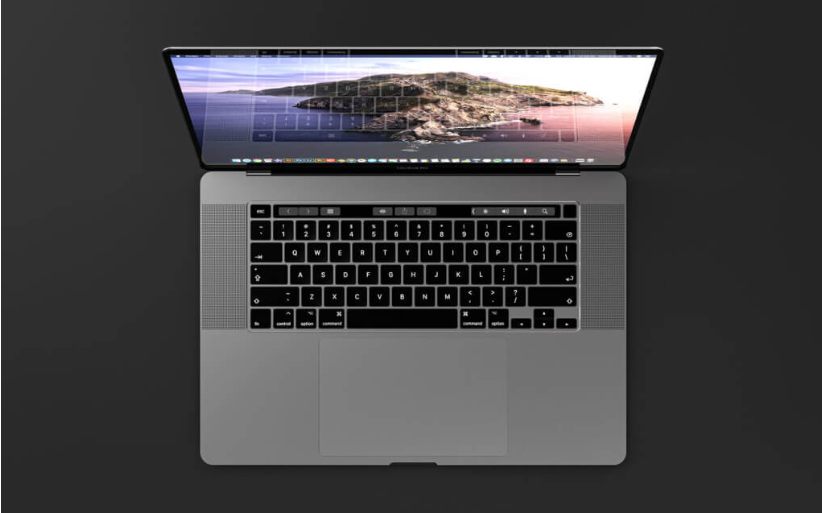HLS (HTTP Live Streaming) is a popular adaptive streaming protocol used for delivering media content, such as videos and audio, over the internet. It was developed by Apple and has become the industry standard for streaming media on various platforms and devices, including web browsers, mobile devices, and smart TVs.
What is HLS?
HLS is a streaming protocol that breaks media content into small chunks and delivers them over HTTP (Hypertext Transfer Protocol) to clients. It uses adaptive streaming, which means that the quality of the media content can be dynamically adjusted based on the viewer’s internet connection and device capabilities. HLS is capable of delivering media in multiple bit rates and resolutions, allowing for a smooth playback experience, even in varying network conditions.
How Does HLS Work?
HLS works by segmenting media files into small chunks, typically lasting a few seconds each. These chunks are then served over HTTP to clients, which can request the desired chunks based on their available bandwidth and device capabilities. HLS uses manifest files, known as M3U8 files, to provide information about the available media chunks, their quality, and the sequence in which they should be played. Clients can update their requests for media chunks dynamically, based on changing network conditions, to ensure uninterrupted playback.
Benefits of HLS Streaming Protocol
HLS offers several benefits for streaming media content:
- Wide device support: HLS is supported by a wide range of devices, including iOS devices, Android devices, web browsers, smart TVs, and gaming consoles, making it accessible to a large audience.
- Adaptive streaming: HLS supports adaptive streaming, allowing for dynamic adjustments in media quality based on the viewer’s internet connection, device capabilities, and available bandwidth, ensuring a smooth playback experience.
- Scalability: HLS is designed to work with Content Delivery Networks (CDNs), enabling efficient delivery of media content to a large number of viewers simultaneously.
- Security: HLS supports encryption and DRM (Digital Rights Management) for protecting media content against unauthorized access and piracy.
- Flexibility: HLS allows for easy integration with other technologies and services, such as advertising, analytics, and subtitles, enhancing the overall viewing experience.

HLS vs Other Streaming Protocols
HLS has several advantages over other streaming protocols, such as Dynamic Adaptive Streaming over HTTP (DASH) and Dynamic Streaming over Secure HTTP (DSS). One of the main advantages of HLS is its wide device support, as it is the default streaming protocol for Apple devices.
Additionally, HLS supports encryption and DRM, making it a preferred choice for content providers who require enhanced security for their media content.
Best Practices for Implementing HLS Streaming
When implementing HLS streaming, it is essential to follow best practices to ensure optimal performance and user experience. Some best practices include:
- Segmenting media files appropriately: Media files should be segmented into small chunks that are suitable for streaming, typically lasting a few seconds each.
- Creating multiple quality levels: Media files should be encoded at different bit rates and resolutions to support adaptive streaming and provide options for viewers with varying internet connections and device capabilities.
- Using a Content Delivery Network (CDN): CDNs can help in efficiently delivering media content to viewers by caching media files in multiple geographic locations.
- Optimizing M3U8 files: M3U8 files should be optimized to reduce their size and load times, ensuring
that viewers can quickly access the available media chunks and start playback. 5. Testing and monitoring: Regular testing and monitoring of the HLS streaming setup is crucial to identify and fix any issues promptly. So it can ensure smooth playback and optimal performance.
Common Issues and Troubleshooting
Despite its benefits, HLS streaming may encounter some common issues that can affect the viewing experience. Some of these issues include buffering, playback delays, quality fluctuations, and compatibility issues with certain devices or browsers. Troubleshooting techniques may involve plenty of things. Checking the encoding settings, segmenting media files correctly, optimizing CDN settings, and ensuring proper configuration of manifest files. Regular monitoring and testing can help in identifying and resolving these issues to ensure a seamless streaming experience for viewers.

Future of HLS Streaming
HLS has established itself as a popular streaming protocol in the industry. However, with the rapidly evolving landscape of streaming media, there are potential advancements and changes that may impact the future of HLS. Some of these may include improvements in video codecs, increased support for low-latency streaming, and advancements in content protection technologies. Content providers and streaming platforms should stay updated with the latest developments. Adapt their HLS streaming implementations accordingly to stay ahead in the competitive streaming market.
YoloCast would be an incredible tool for live streaming.
Conclusion
HLS streaming protocol has become a widely adopted standard for delivering media content over the internet. The reason is due to its adaptive streaming capabilities, wide device support, scalability, and security features. Implementing best practices and troubleshooting techniques can ensure optimal performance and user experience. However, keeping up with the evolving landscape of streaming media and staying updated with the latest advancements is crucial for the future success of HLS streaming.
11,745 total views, 15 views today

Aura, the marketing specialist at YoloLiv. With her extensive work experience and motivated work attitude, she continually encourages user issue solutions and feature request fulfillment in order to satisfy the demands of more people.


